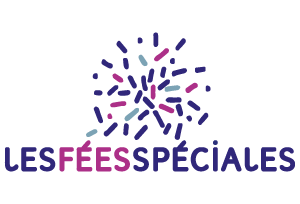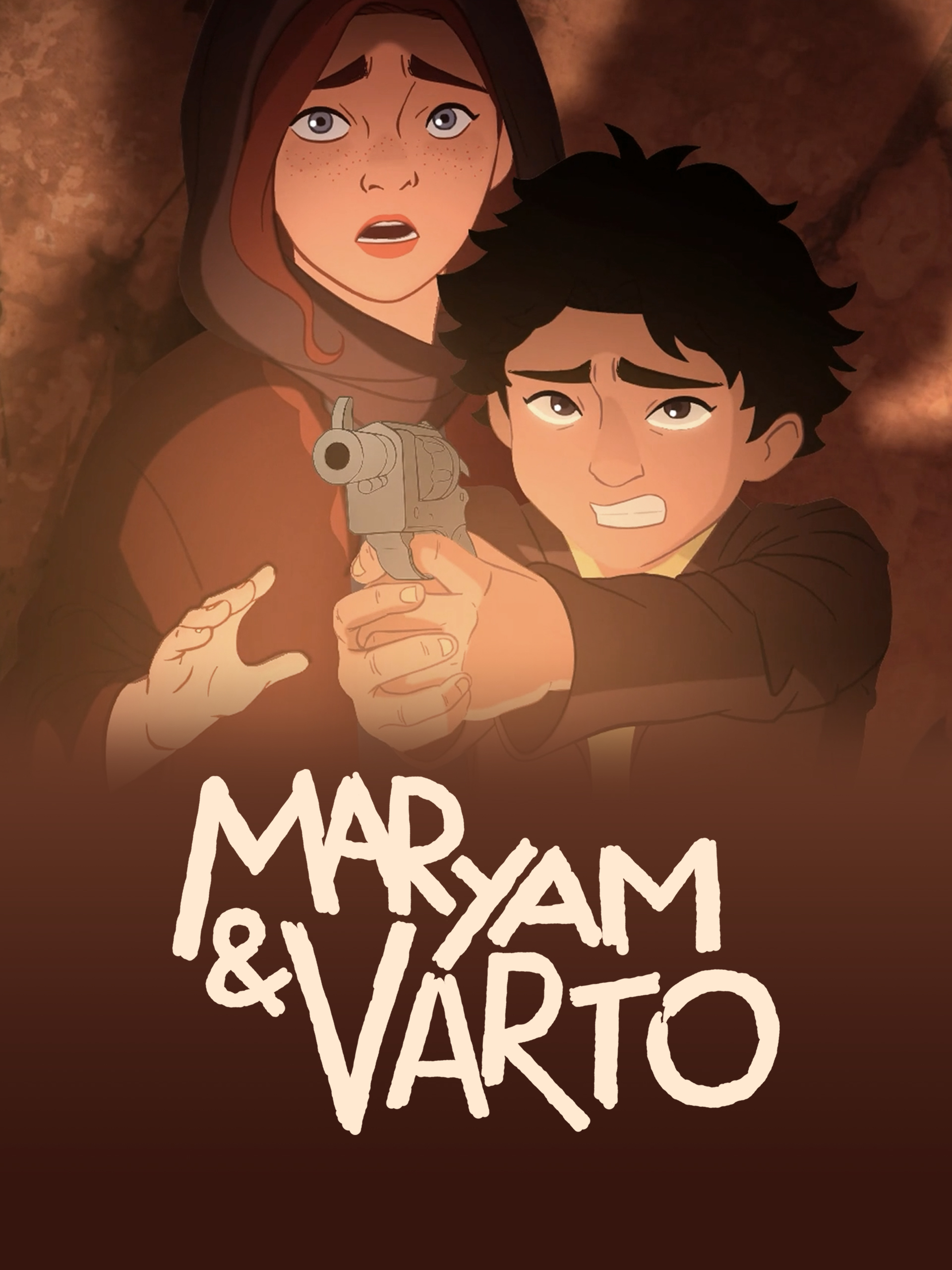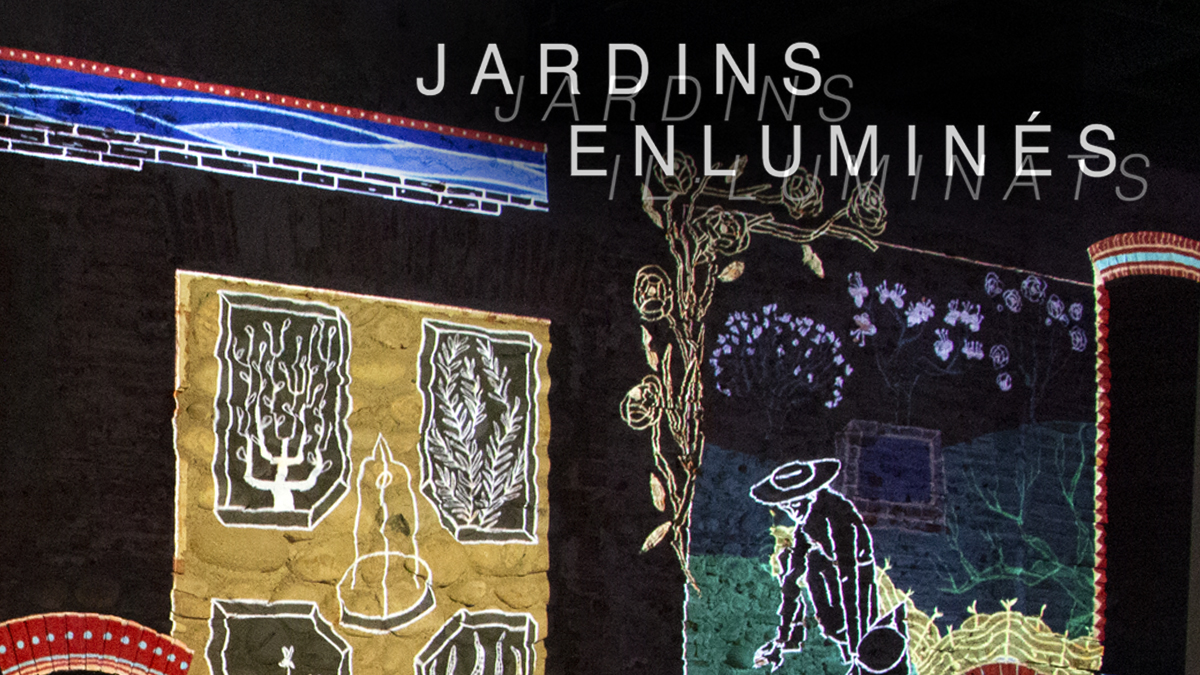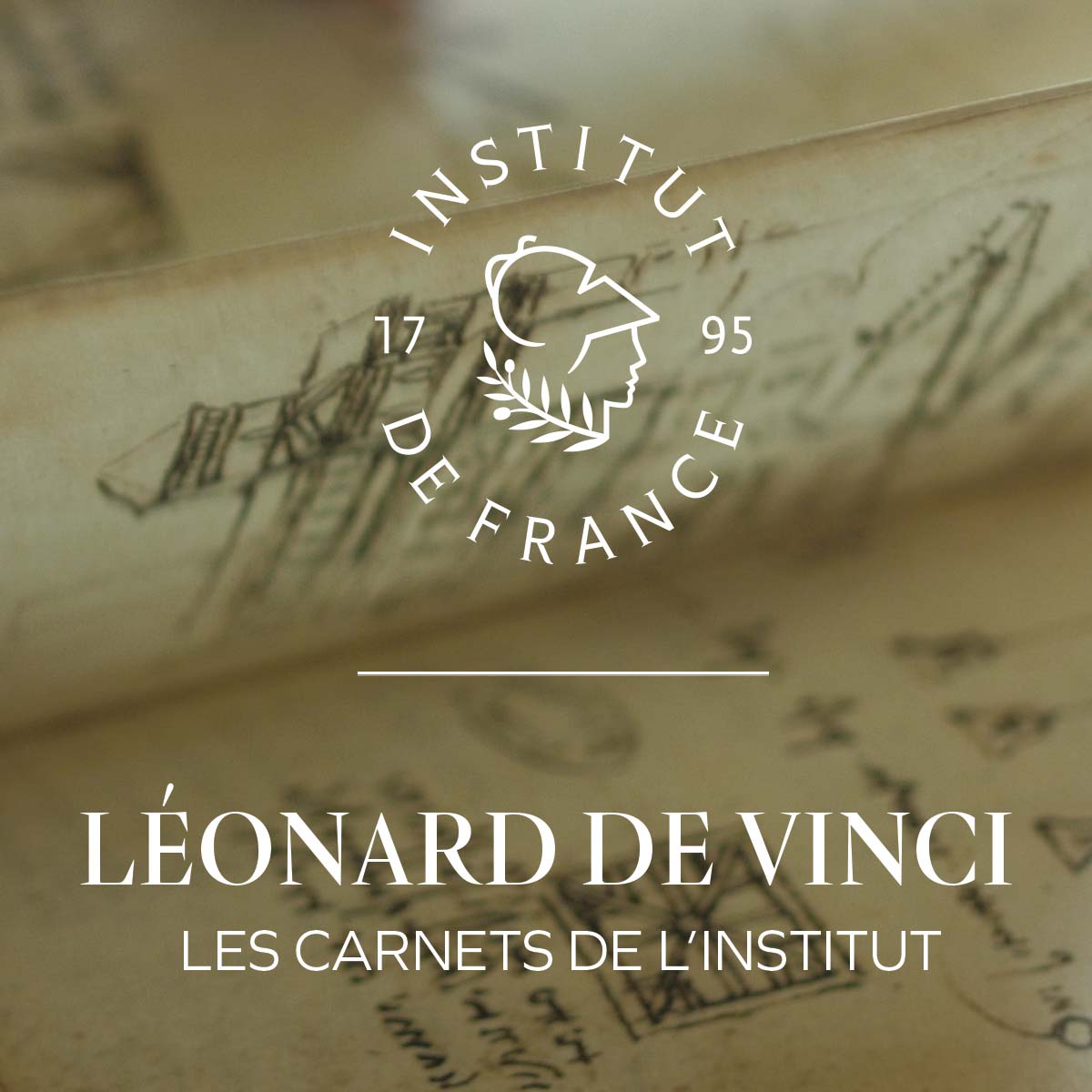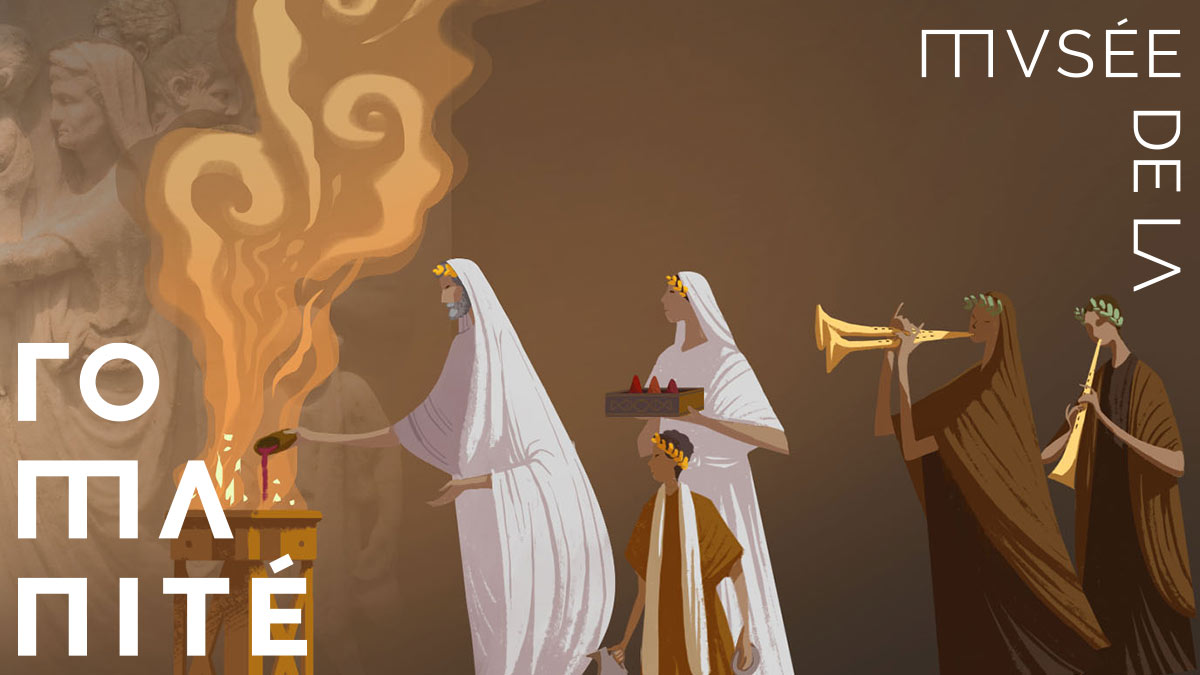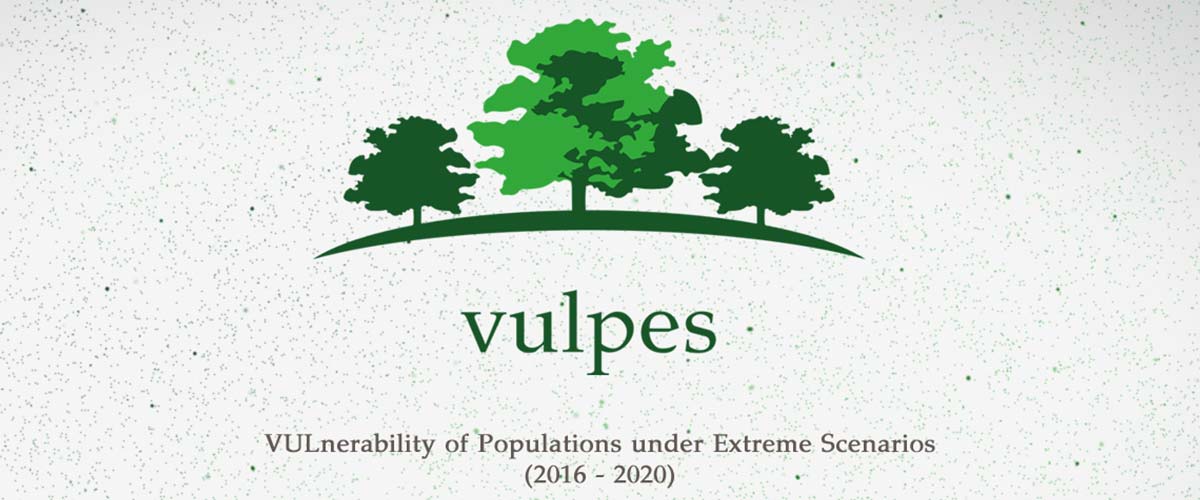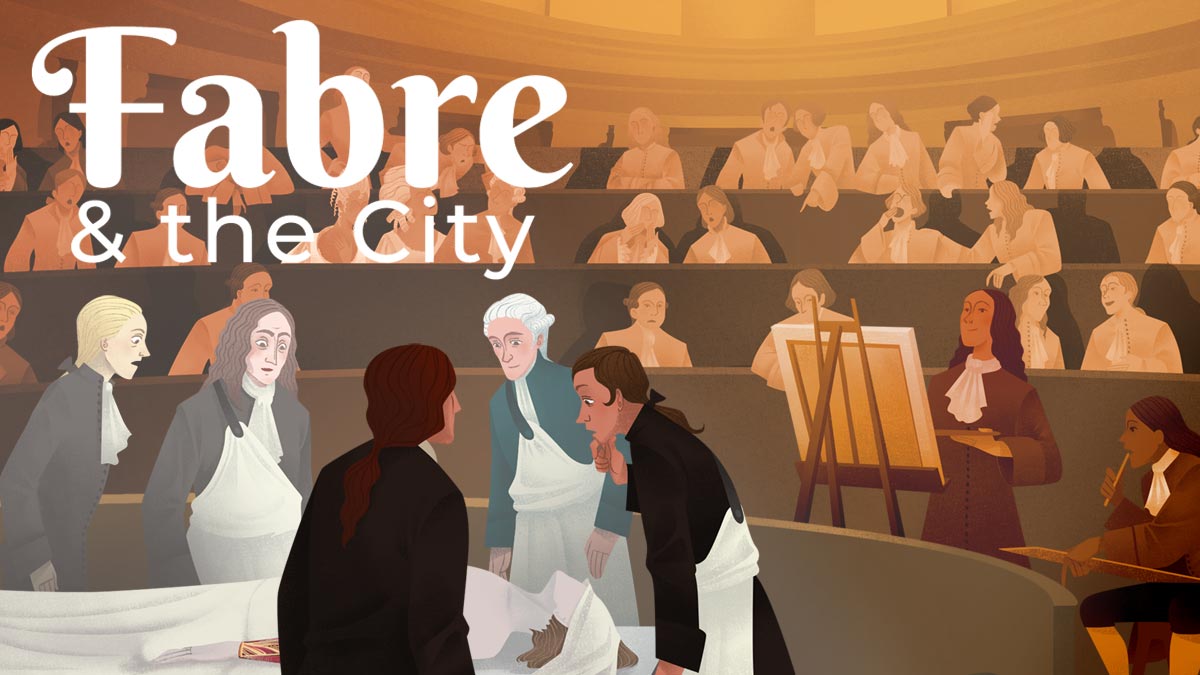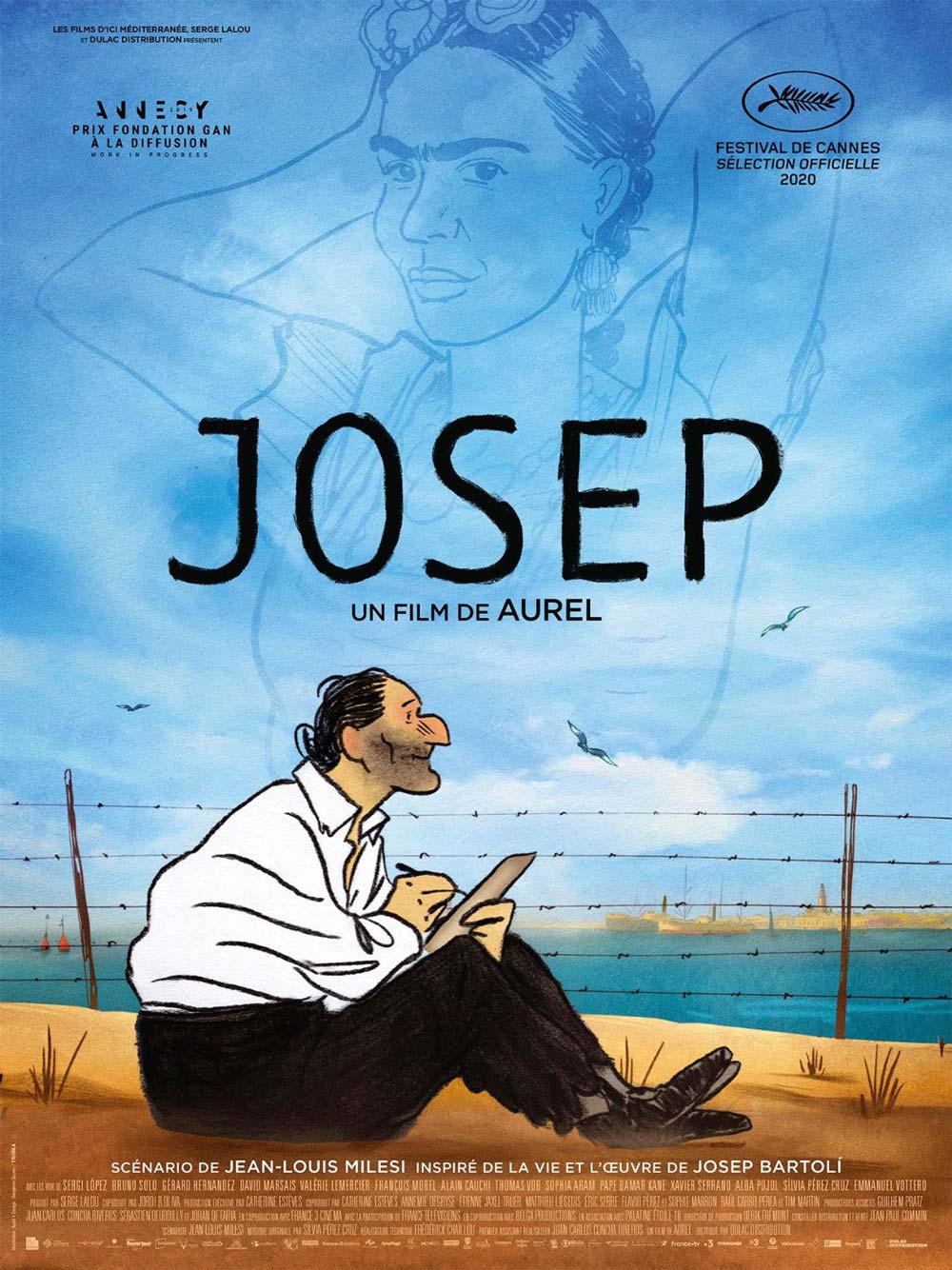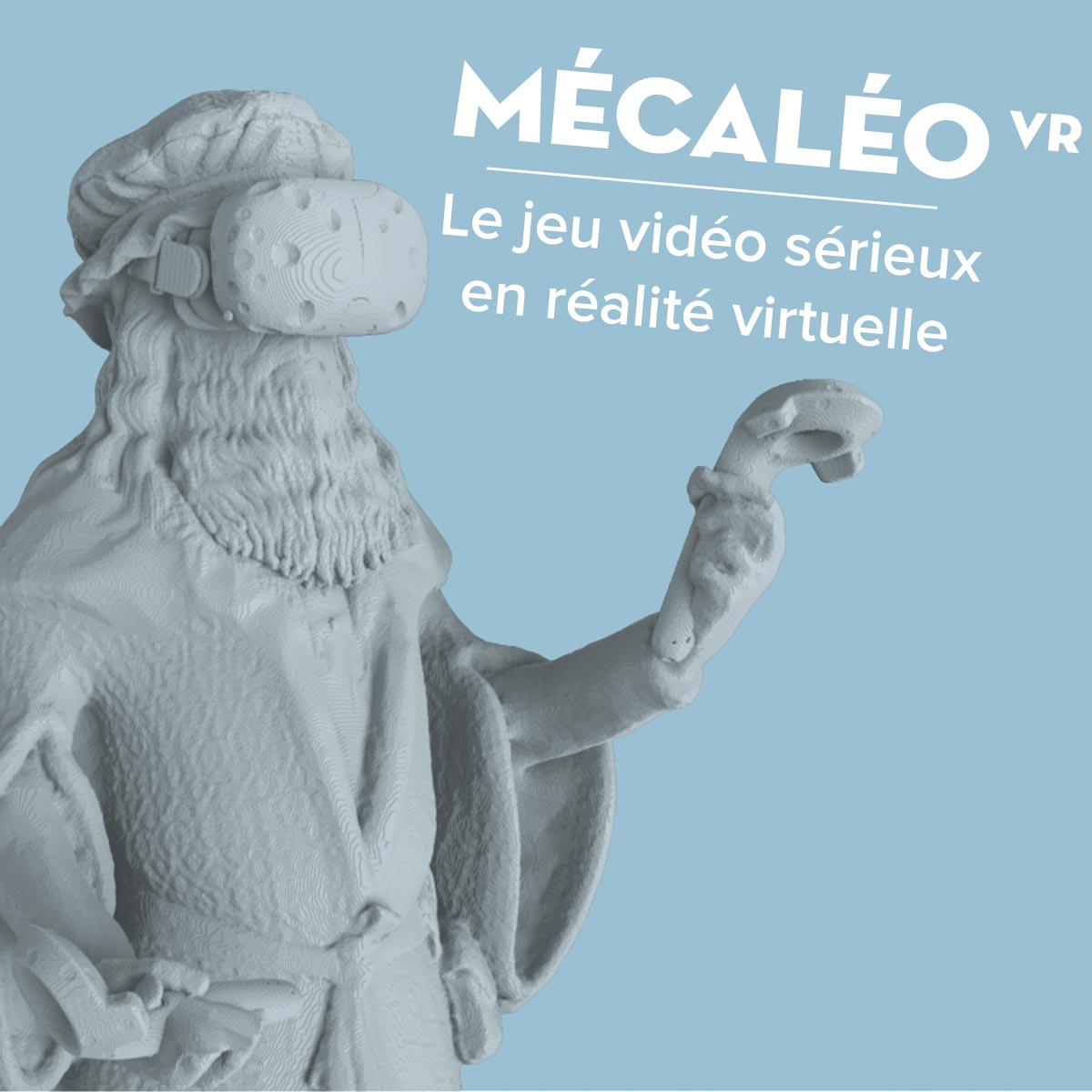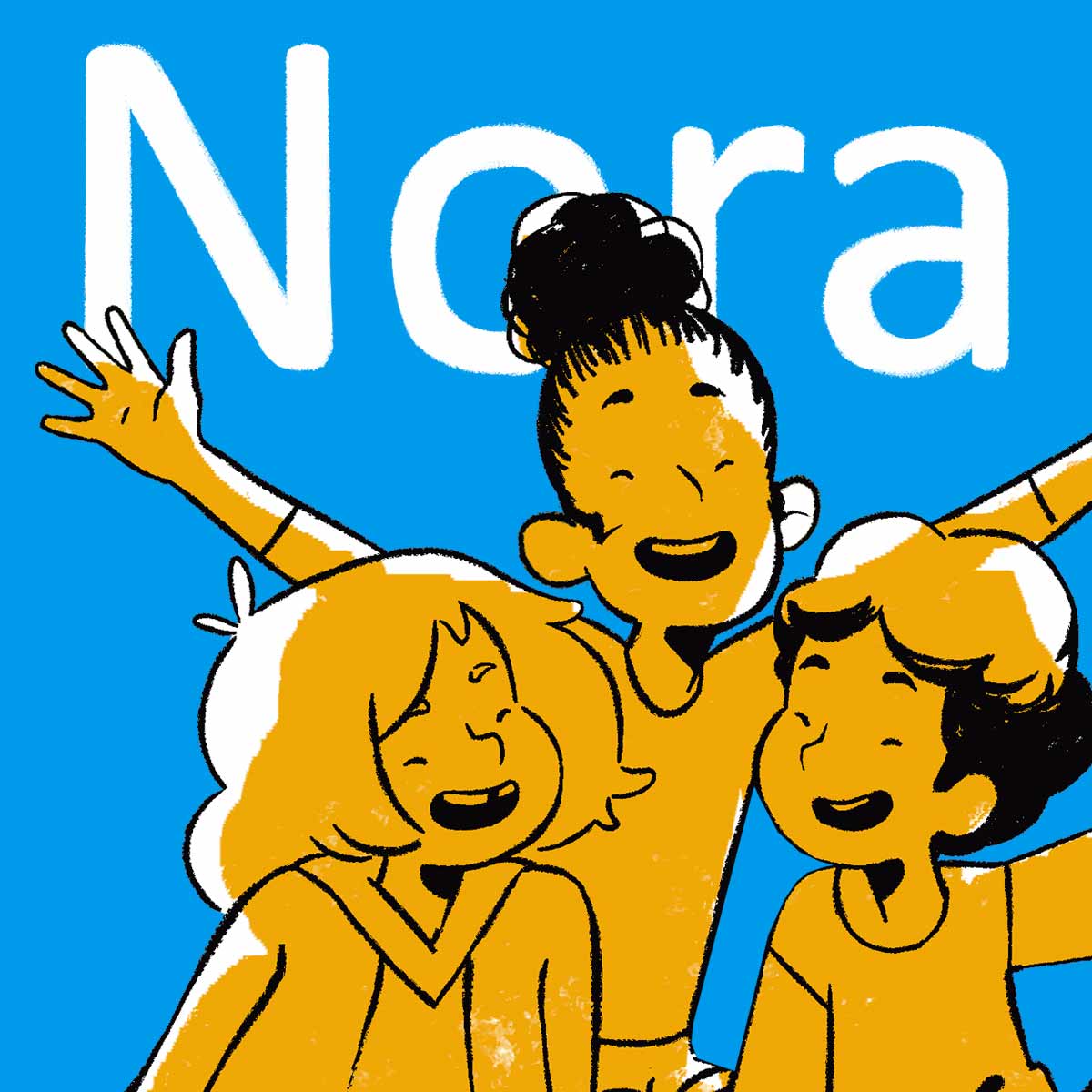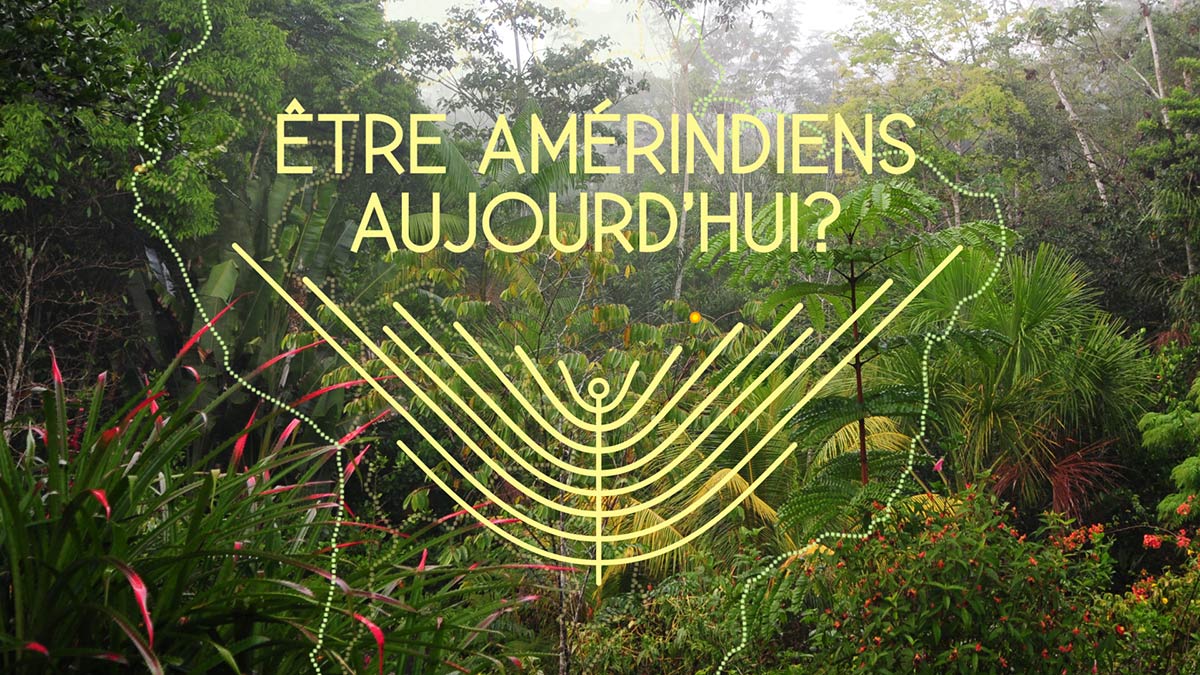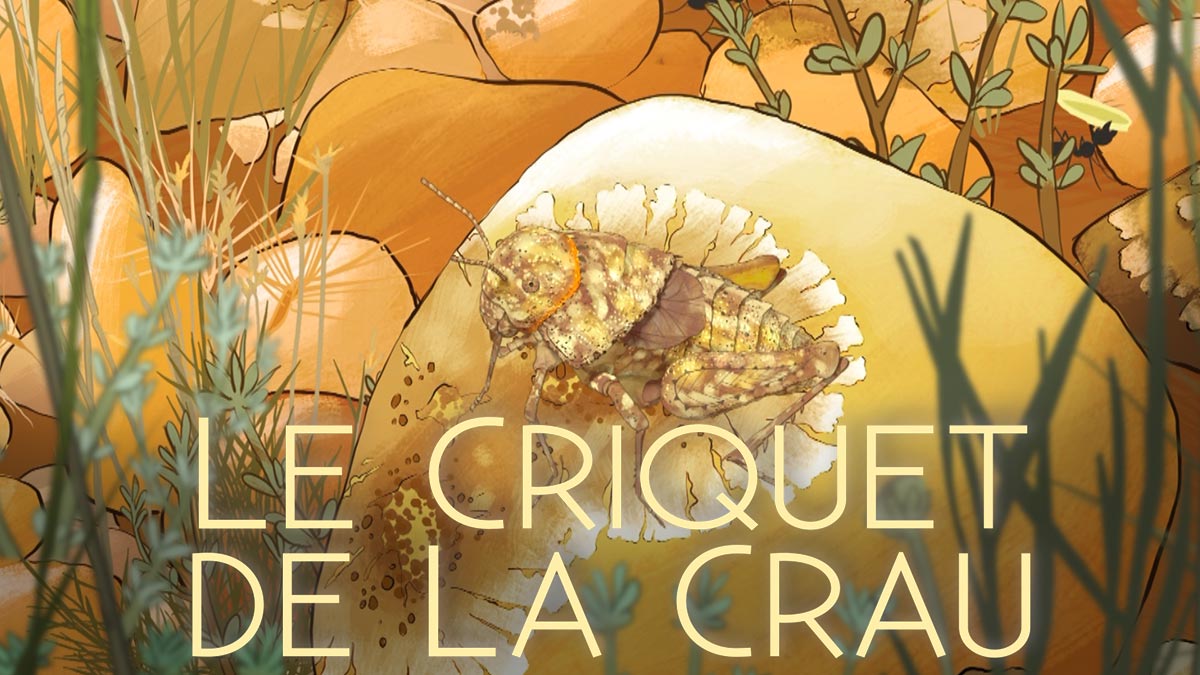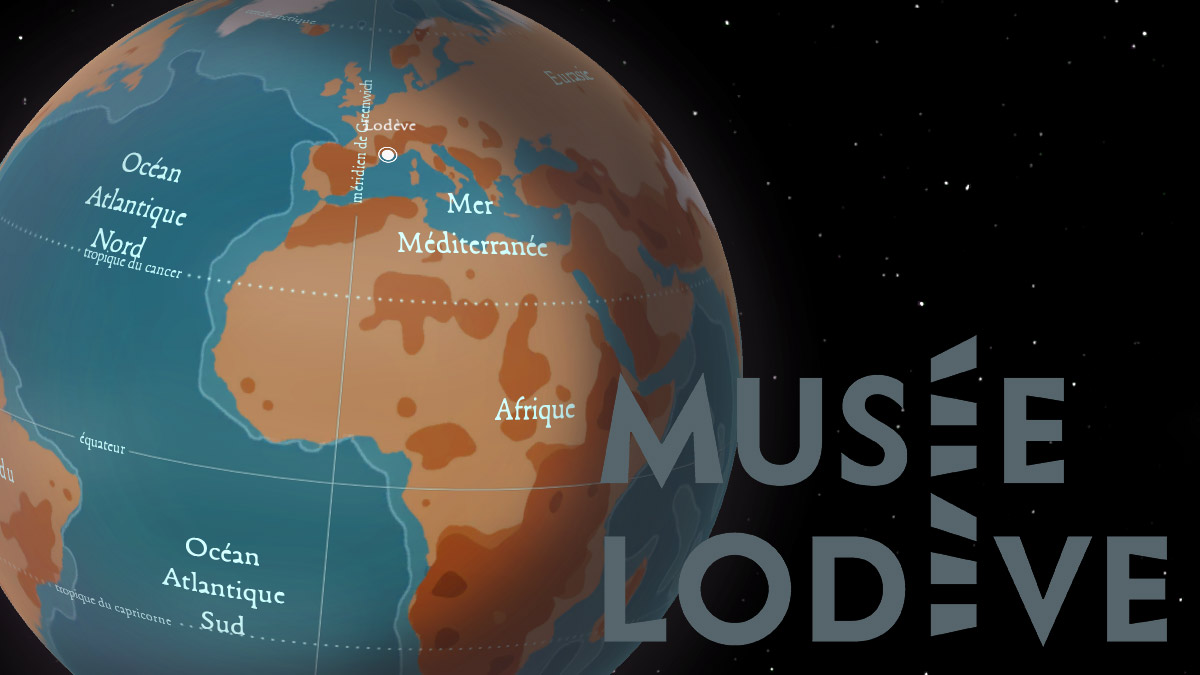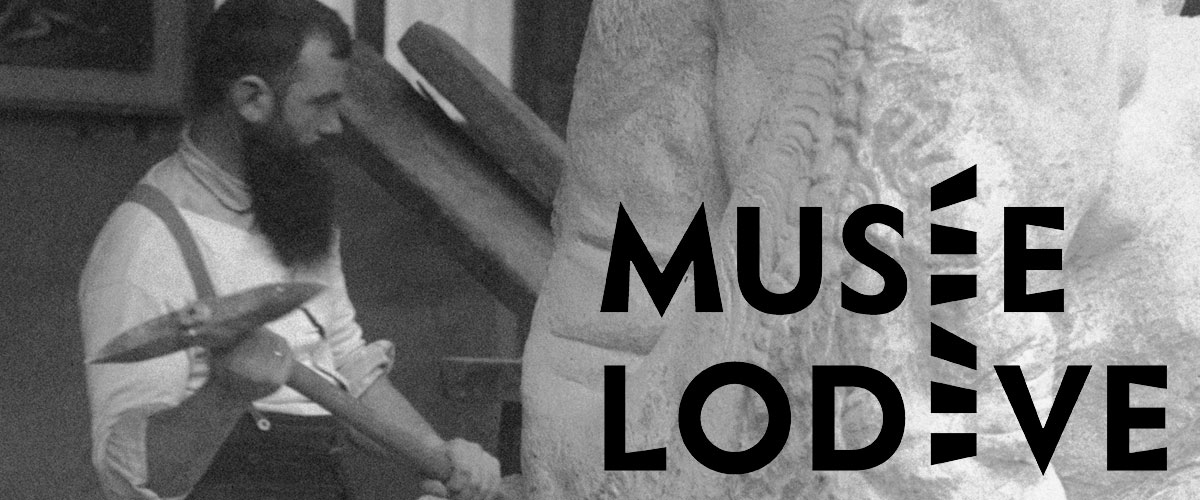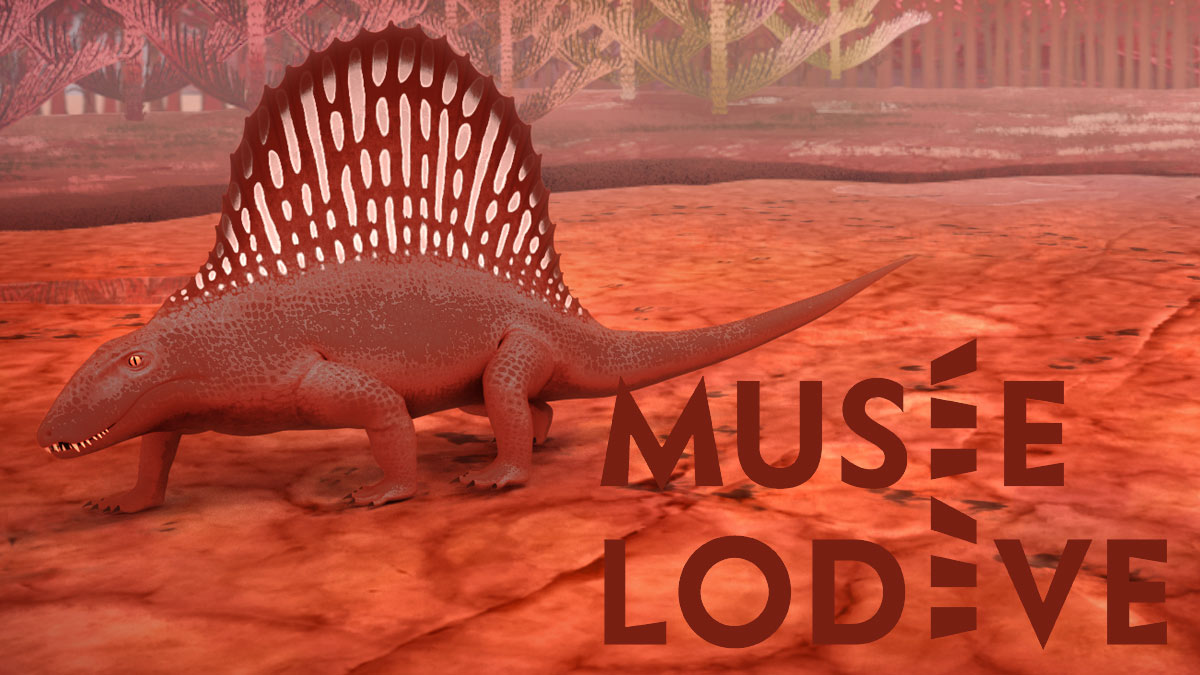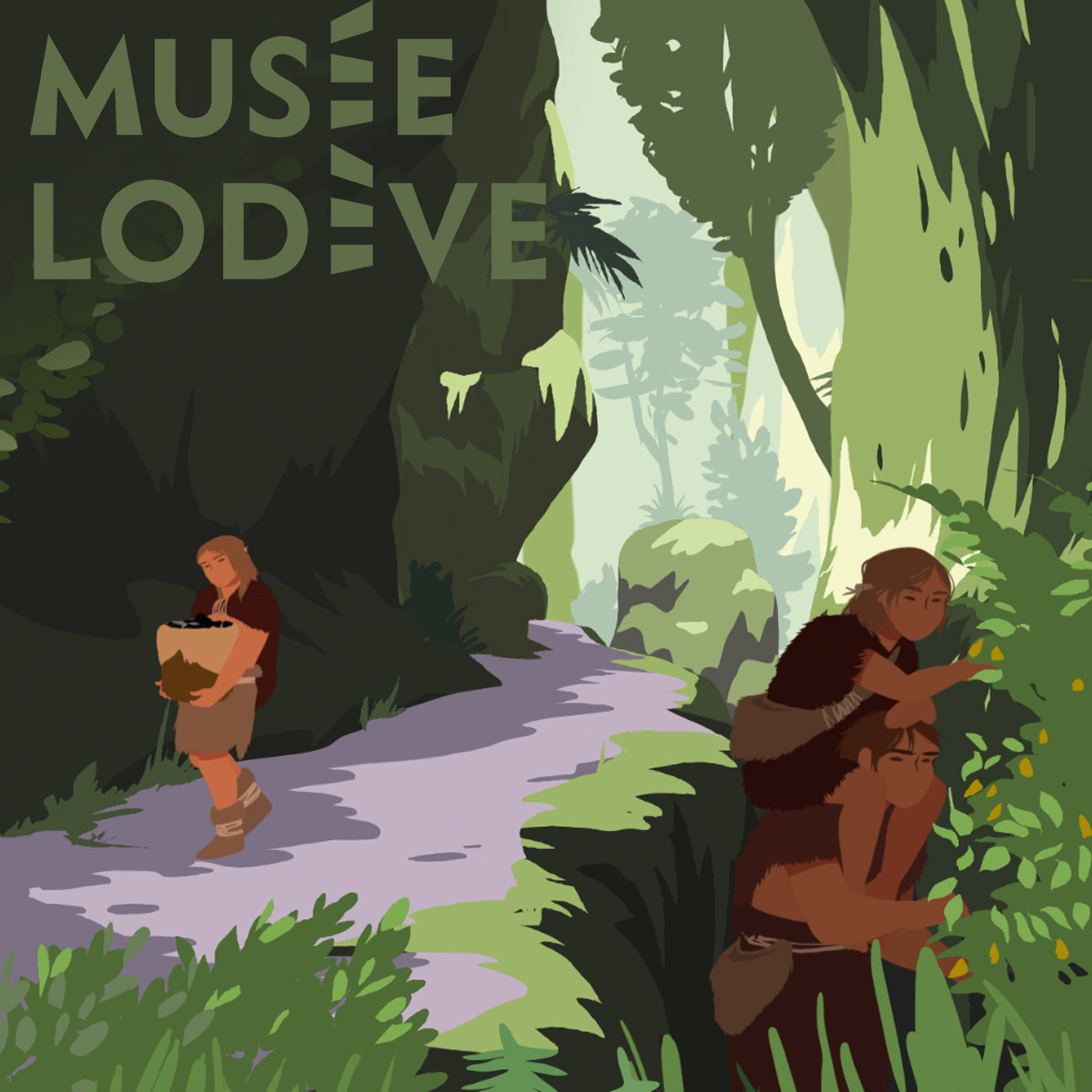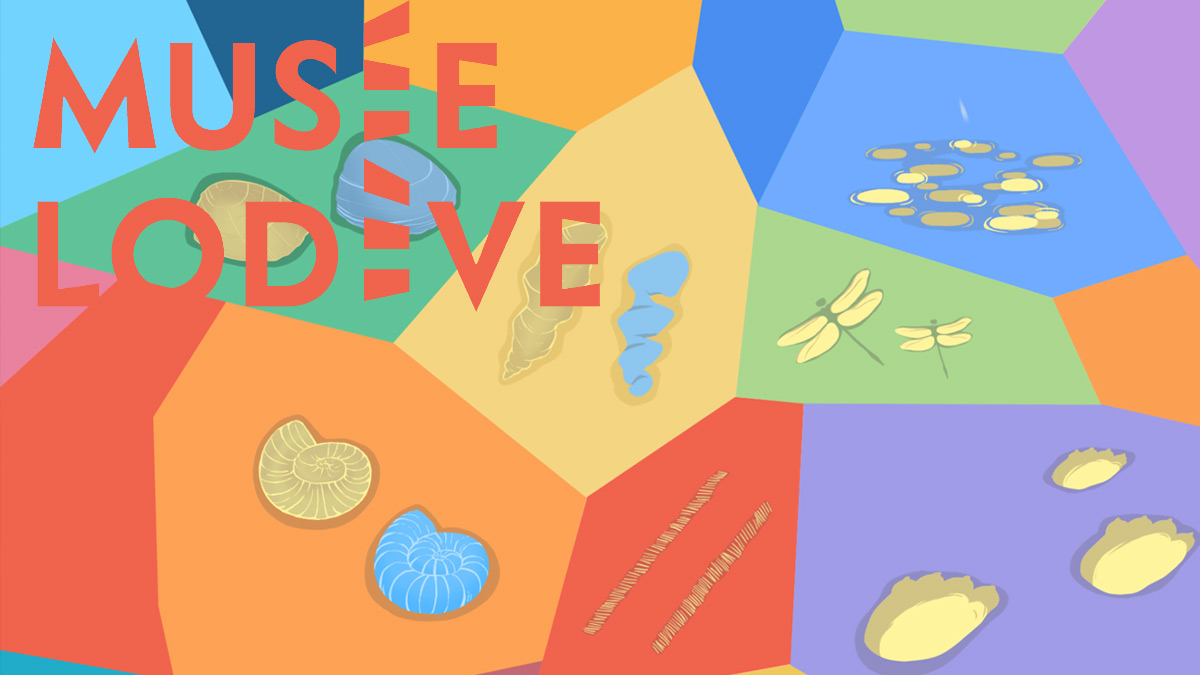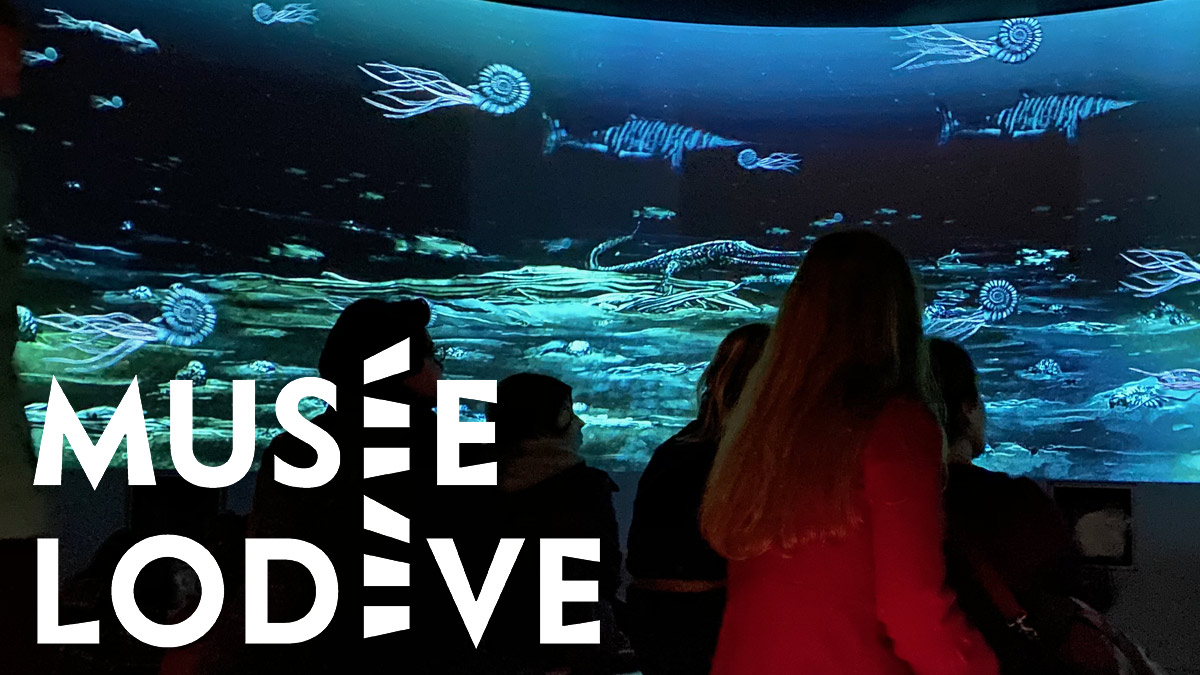15 Juin Maryam & Varto
[vc_row css_animation="" row_type="row" use_row_as_full_screen_section="no" type="full_width" angled_section="no" text_align="left" background_image_as_pattern="without_pattern"][vc_column width="2/3"][vc_column_text] Teaser [vc_video link="https://vimeo.com/577083060/b7f901e9cf"] Images from the pilot [vc_gallery interval="3" images="4068,4069,4070" img_size="full"] [/vc_column_text][/vc_column][vc_column width="1/3"][vc_column_text] Anatolia, 1915. Maryam and her brother Varto, two armenian kids, are caught in WW1 upheaval. A turkish young adolescent is given the harsh mission to save them. Together, they will experience a risky but enchanted odyssey. Nowadays, this adventure has unexpected consequences, whilst a young woman and her son are traveling from Istanbul to France to meet a grumpy old man who doesn’t want to see them. History secrets sometimes hide family secrets, and ghosts are waiting to be reunited. This project was selected for the Cartoon Movie 2021 pitches. Credits Production : Tchack Directors: Alexandre Heboyan et Gorune Aprikian Screenplay: Gorune Aprikian et Alexandre Heboyan Artistic director: Luciano Lepinay Chara Design: Marietta Ren Original soundtrack (teaser): Karim Lekehal (Gling-Glang Studio) In coproduction with : ARAPROD et Alain Grandgerard producteur associé Les Fées Spéciales We’ve just finished the making of the 14 shots of the pilot, from traditional animation to compositing. Les Fées Spéciales' Team : Artistic director: Eric Serre Technical director: Flavio Perez Financial director: Sophie Marron Production manager: Natalène Darfeuille & Gabrièla de Carvalho Production manager assistant: Sophie Menegazzi R&D manager: Damien Picard & Baptiste Delos Grease Pencil consultant: Daniel Martinez Lara Layoutman: Pascal Larramendy Animators: Angel Binard, Marthe Delaporte, Coline Durtschi, Camille Guillot, Paolo...
